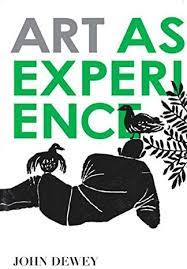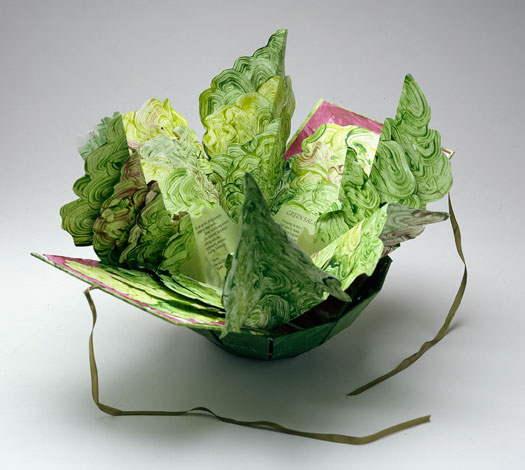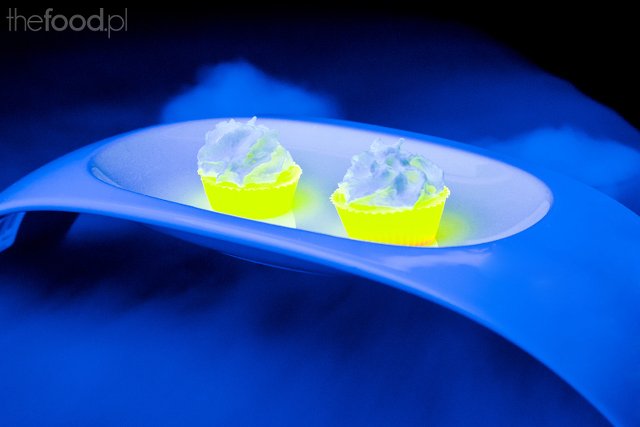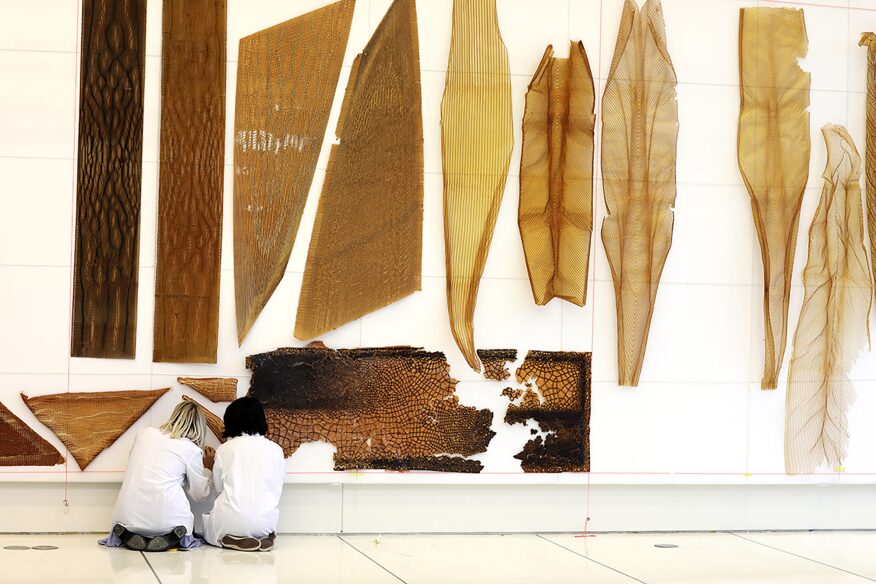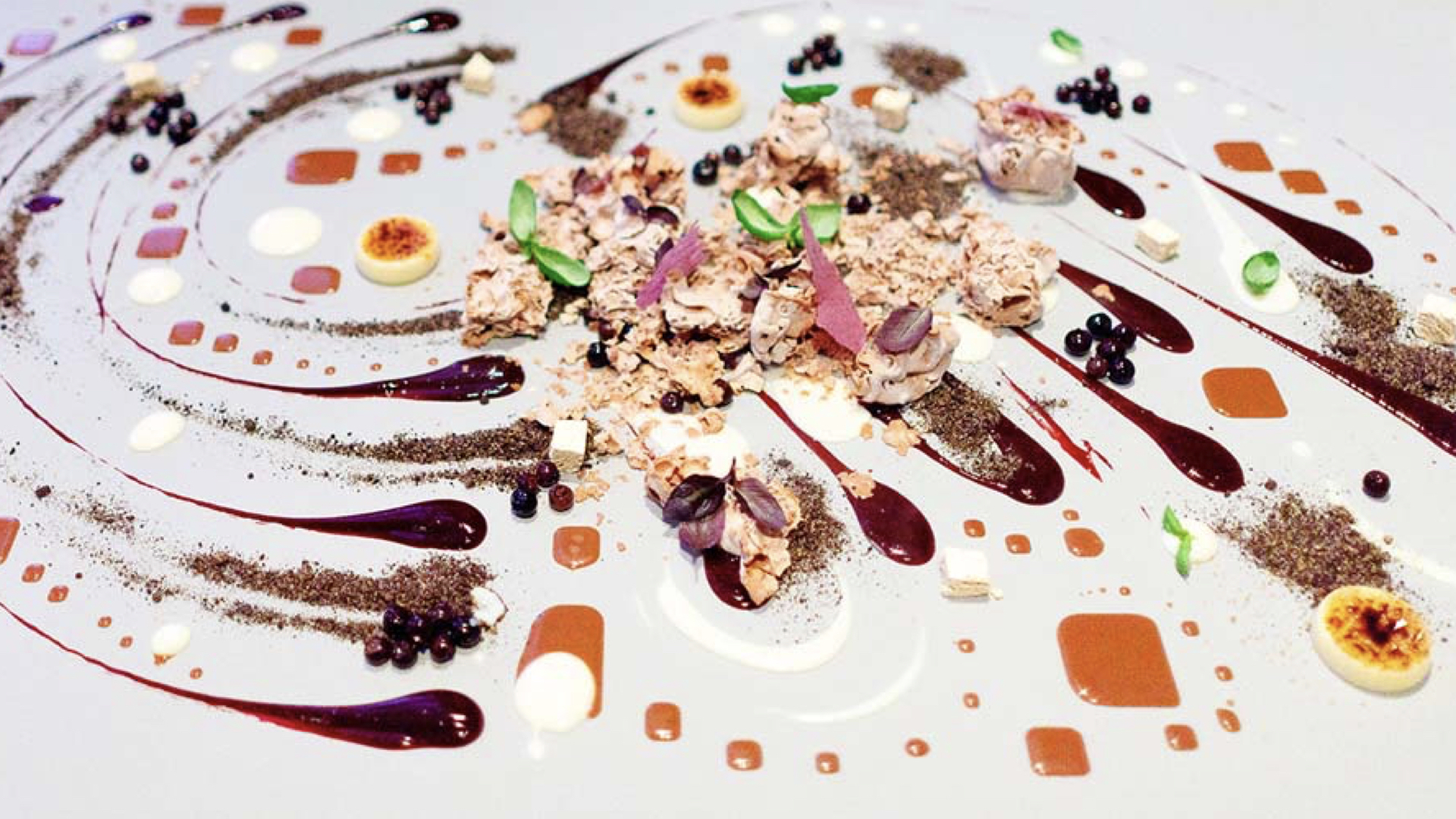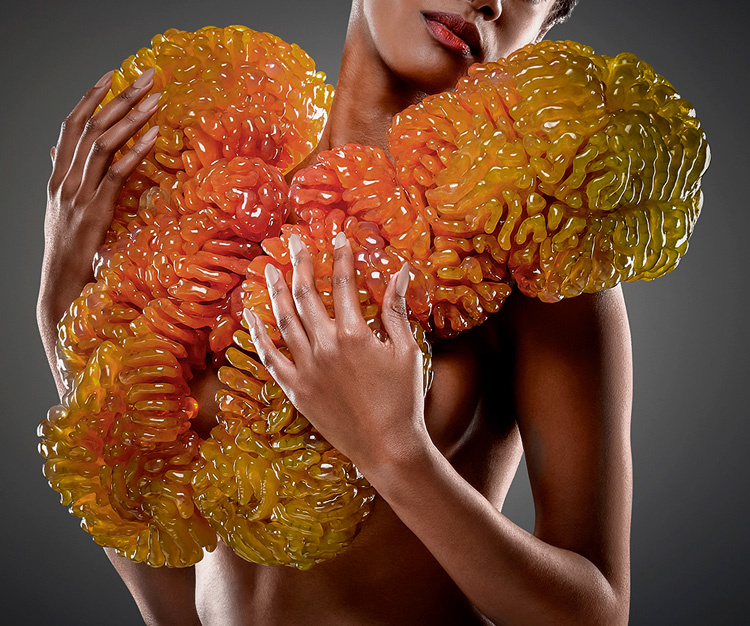art 717-Richard Shusterman- Somaesthetics and gastronomy A few thoughts about the art of eating
When considering the aesthetics of gastronomy, one can focus on at least three separate, though closely interrelated, and sometimes overlapping dimensions. The first would consist of various, often complex processes, methods, goals, criteria, and experiences related to the preparation of food and drinks. The way of serving food and drinks (including necessary utensils such as crockery and cutlery) could also be included here.We could call this dimension the "art of cuisine" and specify food preparation and serving. The second tier of aesthetic research and discussion would focus on the food products themselves and would include their properties relevant to aesthetic...



